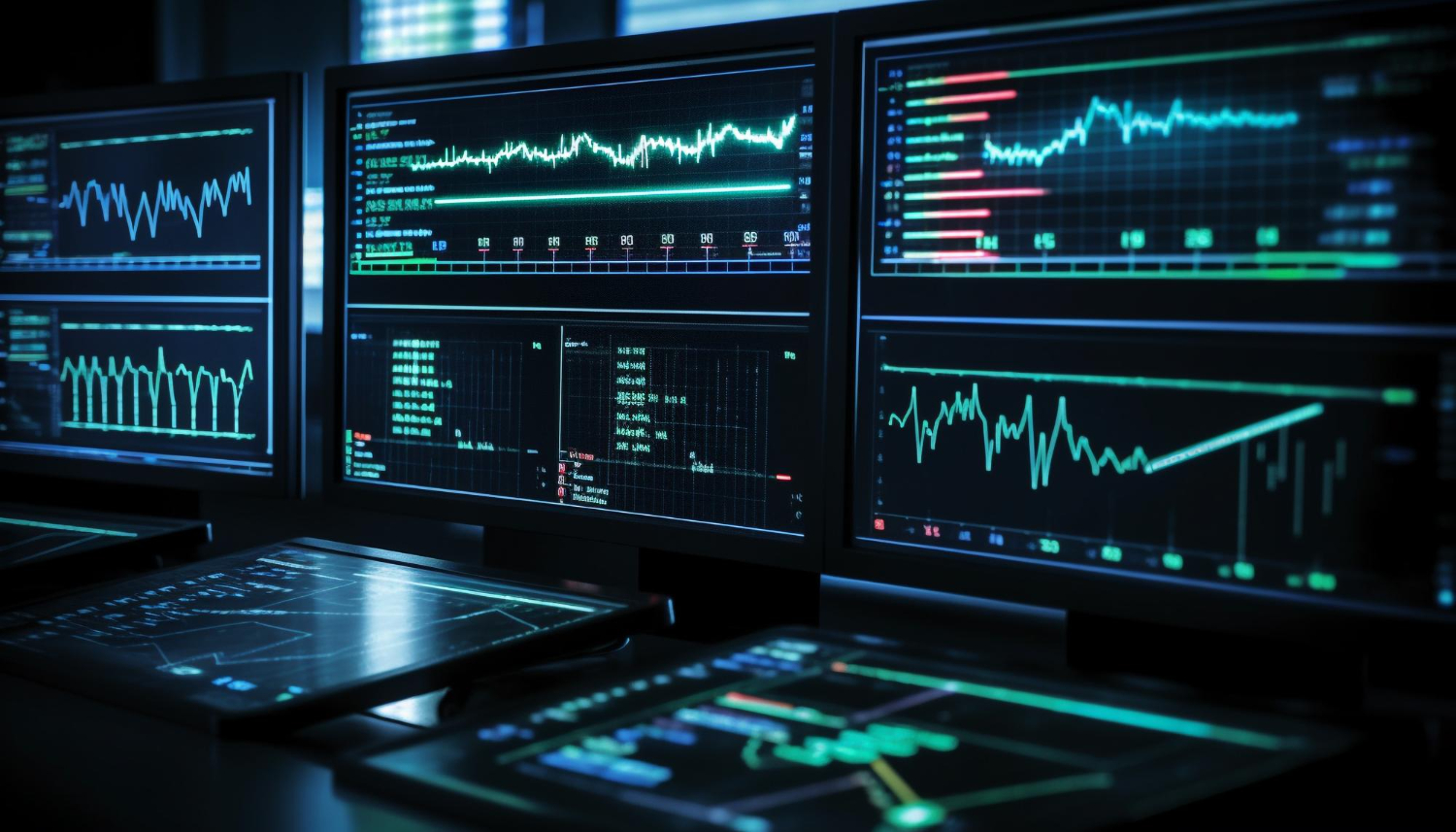If you’re intrigued by the world of futures trading but hesitant to dive in headfirst, fear not – micro S&P futures may be the perfect entry point for you. Designed with smaller traders in mind, these contracts offer a scaled-down version of the popular S&P 500 index futures, allowing traders to participate in the market with reduced risk and capital requirements.
Understanding Micro S&P Futures
What are Micro S&P Futures?
Micro S&P futures are futures contracts based on the Standard & Poor’s 500 index, which represents a basket of 500 of the largest publicly traded companies in the United States. Each contract represents a smaller fraction of the value of the underlying index compared to standard S&P 500 futures contracts, making them accessible to a broader range of traders.
How Do They Work?
Like traditional futures contracts, micro S&P futures allow traders to speculate on the future price movements of the underlying index. Traders can take long positions if they believe the index will rise or short positions if they anticipate a decline. Profits and losses are realized based on the difference between the contract price at entry and exit.
Advantages of Micro S&P Futures
Lower Capital Requirements
One of the most significant advantages of micro S&P futures is their lower capital requirements compared to standard contracts. With smaller contract sizes, traders can participate in the market with a fraction of the capital required for traditional futures trading, making it more accessible to individual investors.
Reduced Risk
Micro S&P futures offer traders the opportunity to manage risk more effectively. With smaller contract sizes, traders can control their exposure to the market more precisely, allowing for more strategic risk management and position sizing.
Diversification Benefits
By trading micro S&P futures, traders gain exposure to a diversified portfolio of 500 leading U.S. companies across various sectors. This diversification can help mitigate single-stock risk and provide broader market exposure in a single trade.
Getting Started with Micro S&P Futures
Choosing a Broker
To trade micro S&P futures, you’ll need to open an account with a futures broker that offers access to these contracts. Look for a broker that provides competitive commission rates, robust trading platforms, and educational resources to support your trading journey.
Learning the Basics
Before diving into trading, take the time to familiarize yourself with the fundamentals of futures trading, including contract specifications, margin requirements, and trading hours. Practice trading in a simulated environment to gain confidence and refine your strategies before risking real capital.
Developing a Trading Plan
As with any form of trading, it’s essential to have a clear trading plan in place before entering the market. Define your trading goals, risk tolerance, and strategy parameters, and stick to your plan consistently to maximize your chances of success.
Risk Management Strategies
Setting Stop-Loss Orders
Implementing stop-loss orders is a crucial risk management strategy for futures trading. These orders automatically close out a position if the market moves against you, limiting potential losses. Determine your risk tolerance and set stop-loss levels accordingly to protect your capital.
Position Sizing
Proper position sizing is essential for managing risk effectively. Determine the appropriate position size based on your account size, risk tolerance, and trading strategy. Avoid overleveraging by only risking a small percentage of your account on each trade.
Diversification
Diversifying your trading portfolio can help spread risk and reduce the impact of individual trade losses. Consider trading multiple markets or asset classes in addition to micro S&P futures to diversify your risk exposure and increase trading opportunities.
Conclusion
Micro S&P futures offer an accessible and cost-effective way for traders to gain exposure to the S&P 500 index and participate in the futures market. With lower capital requirements, reduced risk, and ample trading opportunities, micro S&P futures can be a valuable addition to any trader’s toolkit. However, it’s essential to approach futures trading with caution, implement sound risk management strategies, and continually educate yourself to navigate the complexities of the market successfully.
FAQs
6. Are there any tax implications associated with trading micro S&P futures?
Tax treatment of futures trading varies by jurisdiction and individual circumstances. Consult with a tax professional to understand the tax implications of trading micro S&P futures and how they may affect your overall tax situation.
7. Can I trade micro S&P futures if I’m new to futures trading?
Yes, micro S&P futures are designed to be accessible to traders of all experience levels, including beginners. However, it’s essential to educate yourself about futures trading, develop a solid trading plan, and practice with a demo account before trading with real money.
8. What factors influence the price of micro S&P futures?
The price of micro S&P futures is influenced by various factors, including the performance of the underlying S&P 500 index, economic indicators, geopolitical events, and market sentiment. Stay informed about market news and events that may impact the index to make informed trading decisions.
9. Can I trade micro S&P futures on margin?
Yes, many futures brokers offer margin trading for micro S&P futures, allowing traders to leverage their capital to increase trading potential. However, trading on margin involves additional risks and should be approached with caution.
10. How can I stay updated on micro S&P futures market developments?
Stay informed about micro S&P futures market developments by following financial news outlets, monitoring market analysis reports, and staying active in trading communities and forums. Additionally, most futures trading platforms offer real-time market data and analysis tools to help you stay informed about market trends and developments.


